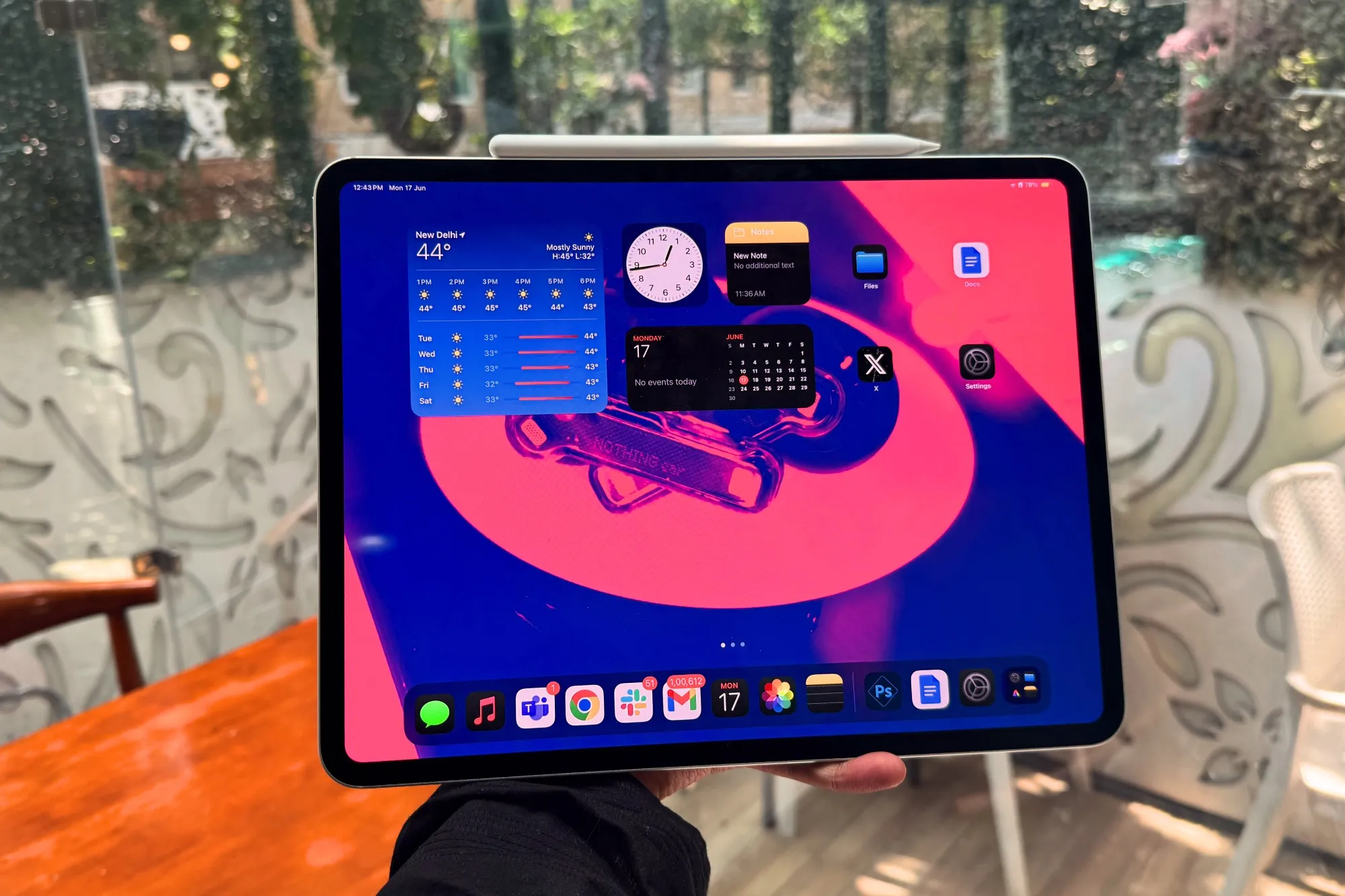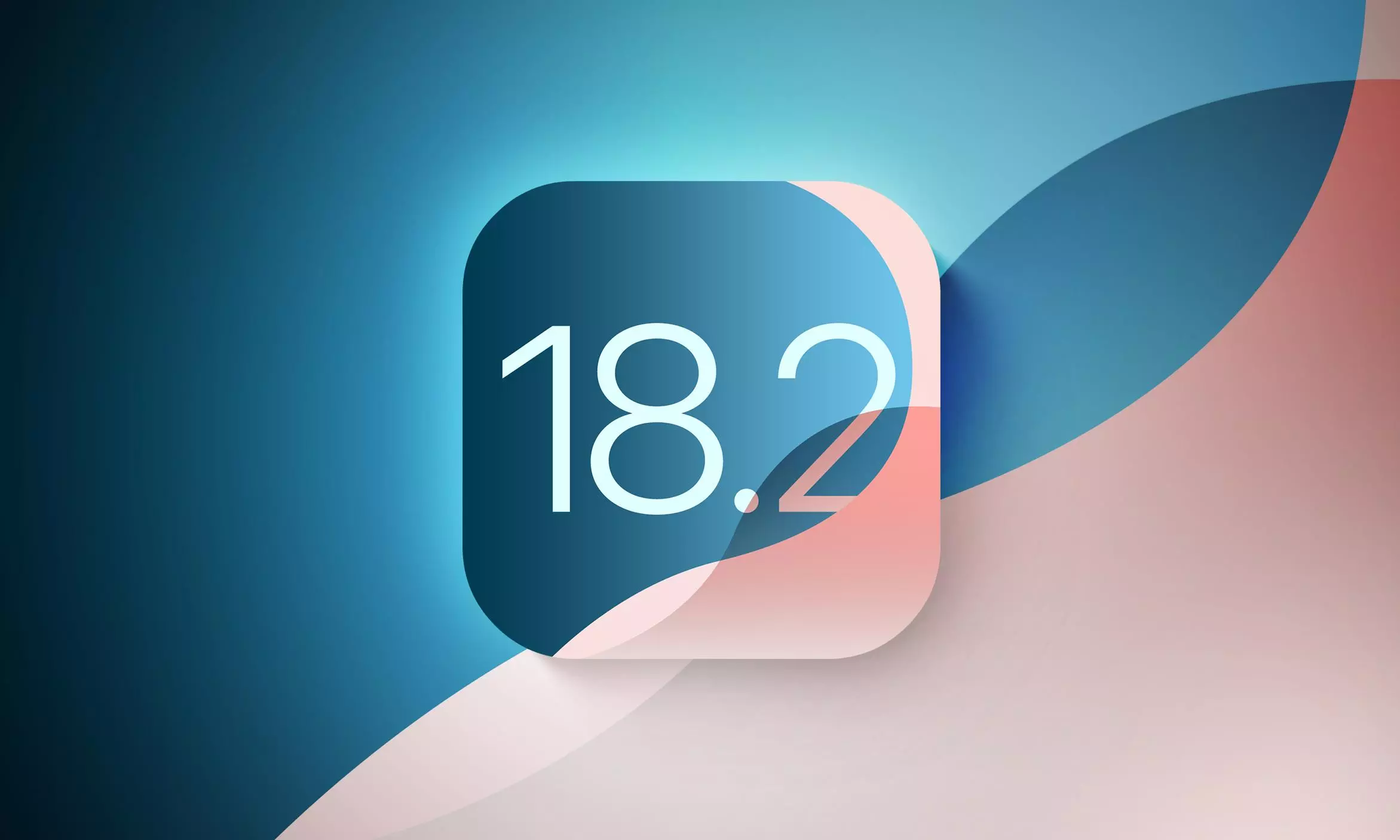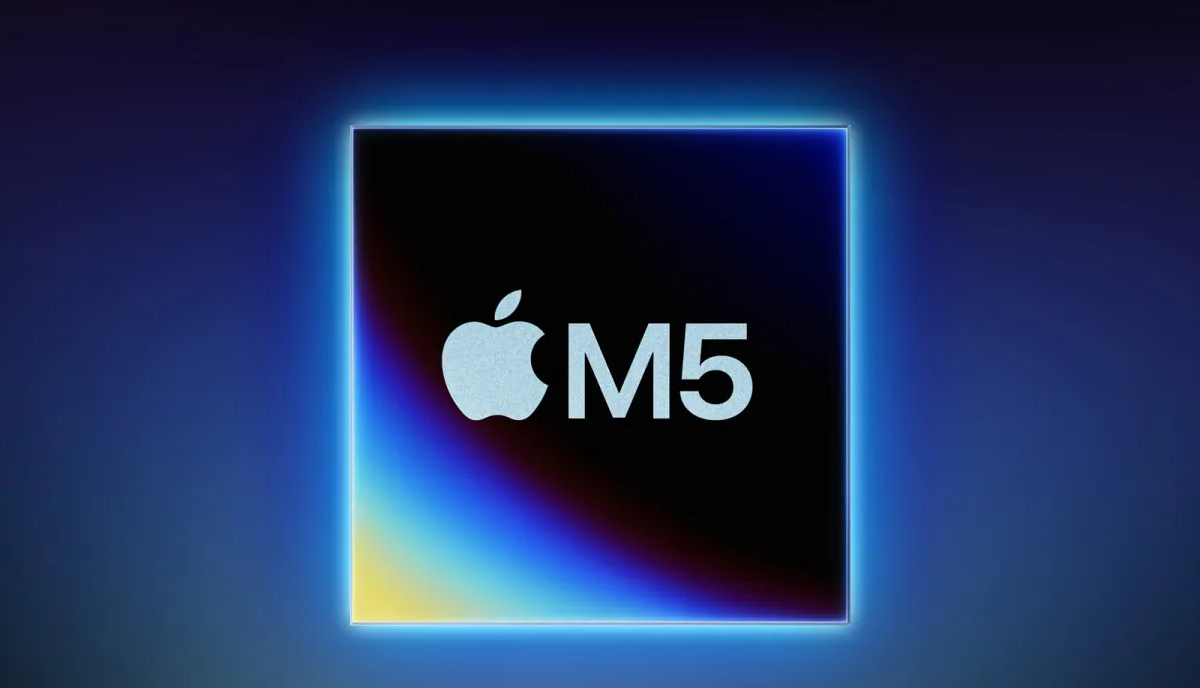The world of wireless audio has evolved rapidly, and Apple’s AirPods have consistently been at the forefront of this revolution. While the anticipation for AirPods Pro 3 and a revamped AirPods Max continues to simmer, this past year has brought significant advancements to the AirPods ecosystem, primarily through robust software updates.1 Among these innovations, one feature stands out as particularly transformative, poised to reach its full potential with the arrival of iOS 18.4: Siri Interactions.
This year’s software updates, rolled out through iOS 18 and 18.1, have introduced a suite of enhancements, including Voice Isolation for clearer calls in noisy environments, improvements to Personalized Spatial Audio, and a comprehensive suite of Hearing Health features encompassing Hearing Tests, Hearing Aids, and Hearing Protection.2 While the Hearing Health features are undoubtedly groundbreaking in their impact on accessibility and personal well-being, it’s the subtle yet powerful Siri Interactions that have captured my attention.
Siri Interactions, compatible with AirPods Pro 2 and AirPods 4, offer a new dimension of hands-free control.3 By simply nodding or shaking your head, you can now respond to Siri prompts. Apple has meticulously designed subtle audio cues that provide clear feedback, confirming that your head movements have been registered. This seemingly small detail significantly enhances the user experience, creating a seamless and intuitive interaction.
Personally, I’ve found Siri Interactions to be a game-changer in various scenarios. While navigating bustling city streets, I can now interact with Siri discreetly, minimizing the need for vocal commands. This is particularly useful in crowded environments or situations where speaking aloud might be disruptive. The feature also integrates flawlessly with conversational AI platforms like ChatGPT, allowing for a more natural and fluid exchange of information.
However, the true potential of Siri Interactions is set to be unleashed with the arrival of iOS 18.4. This upcoming update promises to be a watershed moment for Siri, transforming it from a simple voice assistant into a truly intelligent and context-aware companion.
iOS 18.4 is expected to bring several key enhancements to Siri:
-
App Integration and Cross-App Actions: Siri will gain the ability to perform a vast array of actions within and across different apps. This will mark a significant step towards true voice computing, enabling users to control their devices and workflows with unprecedented ease. Imagine using Siri to compose an email in one app, attach a photo from another, and then send it, all without lifting a finger.
-
Personal Context Awareness: Siri will evolve to understand and utilize personal information, such as calendar entries, text messages, and even podcast listening history, to provide more relevant and personalized responses.4 This will allow for more natural and intuitive interactions, as Siri will be able to anticipate your needs and provide contextually appropriate information. For instance, you could ask Siri, “What’s my next meeting?” and it would not only tell you the time but also provide directions and relevant details from your calendar.
-
On-Screen Awareness: Siri will become aware of the content displayed on your screen, enabling it to perform actions based on what you are viewing.5 This opens up a world of possibilities, from quickly summarizing articles to instantly translating text on images.
The promise of iOS 18.4 is nothing short of revolutionary. It aims to deliver the intelligent digital assistant we’ve long envisioned, one that anticipates our needs and seamlessly integrates into our daily lives. If Apple succeeds in delivering on this ambitious vision, the way we interact with our devices will fundamentally change.
In this new paradigm, AirPods and features like Siri Interactions will become even more crucial. By providing a hands-free, intuitive, and discreet way to interact with Siri, they will empower users to fully leverage the enhanced intelligence of their digital assistant. Imagine walking down the street, effortlessly managing your schedule, sending messages, and accessing information, all through subtle head movements and whispered commands.
We are rapidly approaching a future where our digital assistants are not just tools but true companions, seamlessly integrated into our lives. With iOS 18.4 and the continued evolution of AirPods, Apple is paving the way for a more intuitive, connected, and truly hands-free future. The combination of improved Siri intelligence and intuitive input methods like Siri Interactions will blur the lines between human and machine interaction, bringing us closer to a world where technology truly anticipates and serves our needs.





